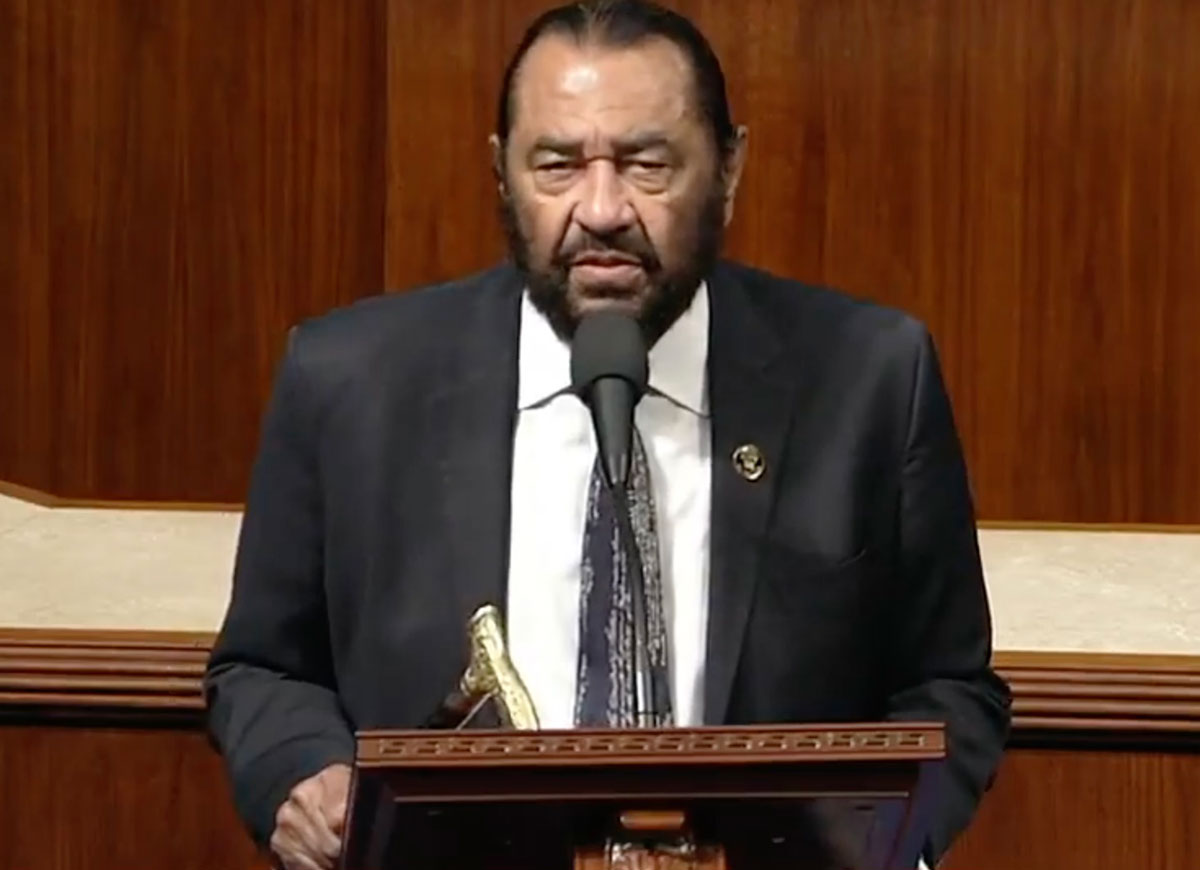Never Let Me Go

4.5/5
Despite donning a ‘do that can only be described as a mullet for most of the film, Carey Mulligan conveys more emotion in the slightest clench of the cheekbone or tremble of the chin than most screenwriters can in five scenes of dialogue. The fact that Never Let Me Go offers a rather brilliant—albeit uneven—screenplay to complement Mulligan’s visage just makes it all the more breathtaking.
Never Let Me Go is a wildly depressing tale adapted from Kazuo Ishiguro’s best-selling novel. The film follows the complex relationship of Mulligan’s Cathy, Andrew Garfield’s Tommy, and Keira Knightley’s Ruth over the course of 20 years. The trio lives in an alternate reality, which cleverly blurs the line between utopia and dystopia. On the one hand, disease has been eradicated, and life expectancy now exceeds 100. The movie, however, chronicles the dark side of the medical breakthrough: Cathy, Tommy, and Ruth are clones, bred in isolation for the sole purpose of donating their vital organs to the sick.
The first 20 minutes of the film are the slowest, as the audience must watch the child versions of the film’s stars. It feels a bit like watching the opening act of a concert, as you impatiently wait for the amateurs to clear the stage for the main act. This opening act does, however, set the stage nicely for the rest of the film. The kids attend Hailsham, a gorgeous British boarding school for the future donors. Hailsham evokes the idyllic splendor of Knightley’s Atonement—creating a sense of familiar comfort that slowly disintegrates throughout the rest of the film.
Once the real actors take the stage, the story is nearly told in pantomime among Knightley’s carefully arched eyebrows, Garfield’s bewildered eyes, and Mulligan’s furrowed brow. Mulligan’s Oscar-caliber turn is no surprise to anyone who saw her in An Education, so it’s Garfield’s performance that’s of particular interest. Garfield’s emaciated, gangly limbs and nervous banter hint at how he will play his two upcoming high-profile roles: the nerdy-but-confident best friend of Mark Zuckerberg in The Social Network and, of course, Spiderman. And after witnessing his talent in Never Let Me Go, it’s easy to see why he’s become so popular among casting agents.
Director Mark Romanek artfully reveals how frightening the world of the trio truly is in careful, subtle spurts. The audience is given just enough information to connect to the characters emotionally, but not enough to truly understand what is going on. As Romanek reveals the harrowing details of their lives through discordant images and organic dialogue, it never feels like clunky exposition.
The movie’s greatest shortcomings are in pace and flow. The narrative is split in three; each act takes place 6-8 years after the previous one. However, Romanek tends to move on to the next act before the audience is fully settled in to the present one, dampening some of the emotional impact of the story.
The film ends, as it should, with Mulligan, who delivers a monologue that will stick with you for days—the kind of monologue that gives you chills, that entirely reframes everything you’ve seen for the past two hours. This final scene is set to the film’s eerie, but perfectly selected score: long, screeching violin chords tear right at your heart, as you wait, wait, wait for them to break.
Starring: Carey Mulligan, Andrew Garfield, Keira Knightley
Director: Mark Romanek
Runtime: 103 minutes
Distributor: DNA Films
Rating: R
RELATED ARTICLES
Get the most-revealing celebrity conversations with the uInterview podcast!







Leave a comment